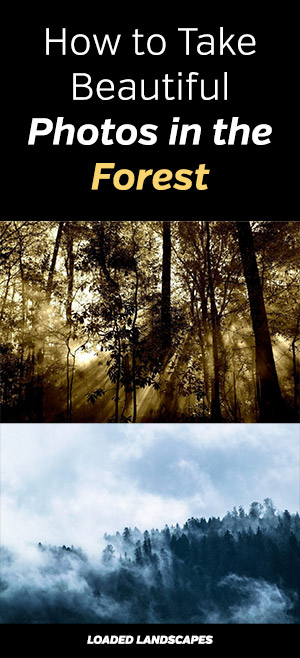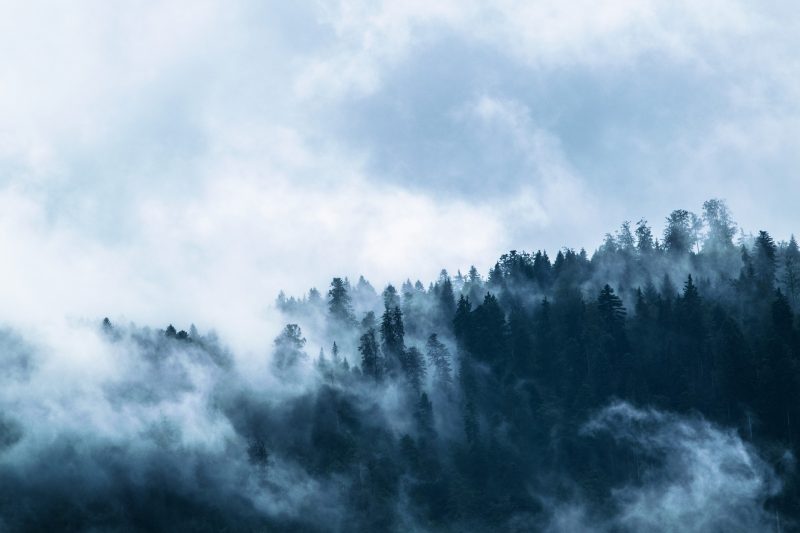
Photo by LUM3N / CC0
Forests are an integral part of many landscapes. While they can often accent the mountains of a landscape photo they are also excellent places to create landscape photographs centered around the trees themselves. It only takes some minor adjustments in thinking over traditional landscape photography. So how do we capture stunning forest landscape images?
→ Related reading: 10 Tips for Impressive Mountain Photography
What Will the Seasons Bring?
Forests are not static entities. They shift in species composition and often foliage as the year moves on. What is a stark winter composition in January may be a warm summer scene in June or a cheery, colorful autumn wonderland in October. So not only are forests worth exploring but worth doing so several times a year. Winter snow melt can also lead to swelling streams in spring that enhance our forest landscapes. And orange autumn leaves in those same streams also create photo opportunities that others may not even consider.
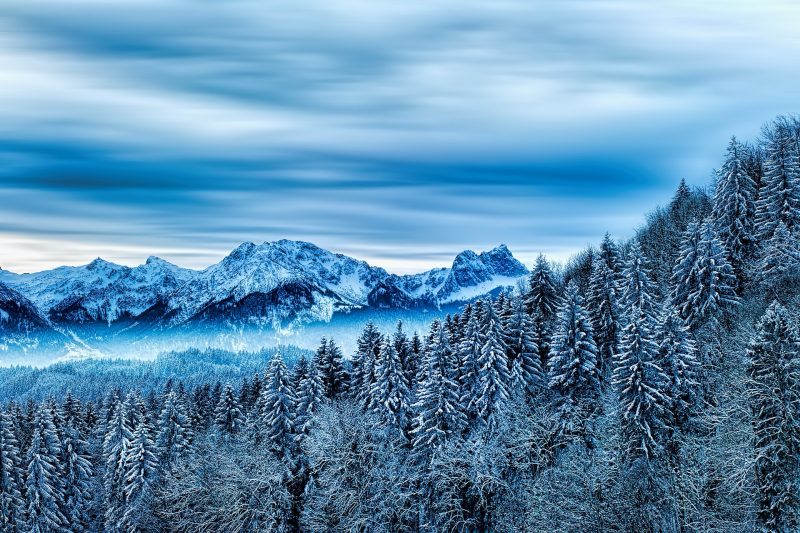
Photo by jplenio / CC0
We Want Depth of Field and Good Exposure
When shooting forest landscapes we will tend to use narrower apertures because we want to ensure we have a large depth of field. Depth of field is how much of a given scene is in sharp focus; with a shallow depth of field, only a small portion of the image is in focus. The background will tend to be blurred if there’s lots of space around the main subject. With a larger depth of field, we can keep both our foreground and background sharp and in focus. Since we’re shooting trees in a landscape we will almost always want to be using a large depth of field. But this requires a narrow aperture, which means we’re letting less light strike our camera’s sensor.
→ Related reading: 11 Steps to Tack Sharp Landscape Photos

Photo by 12019 / CC0
Coupled with the low light levels found in many forests, this means we need to be especially aware of exposure control. A tripod is essential for landscape photographers in general, but even more so here.
Forest landscape photographers will sometimes want to use slower shutter speeds than other landscape photographers because they have less light to work with. This makes shooting handheld tricky, especially if your camera does not have some sort of in-lens or built-in image stabilization. You can also increase your ISO setting. However, boosting ISO can create unacceptable amounts of image noise depending on the camera and how far you boost it.
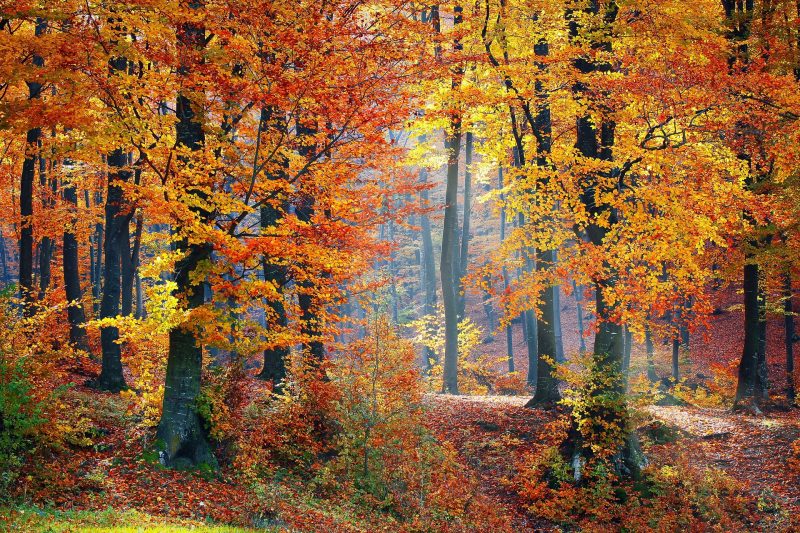
Photo by valiunic / CC0
Consider Where the Light is and Will Be
A scene that doesn’t have much interest to you now may become far more beautiful later or even the next day. As the sun shifts across the sky, the lighting in a deep forest will shift dramatically. The mornings may bring a hazy mist with the sun struggling to reach the forest floor. Perhaps the afternoon sun creates a brightly lit forest scene. And the evenings may have the red rays of sunset filtering in or perhaps a dark cast from the lack of moonlight.
Some of the best times for dramatic forest images are when the sun is lower on the horizon. This gives us chances to capture light rays between the trees easier as well as use trees to capture starburst patterns of the sun via occlusion.

Photo by Seaq68 / CC0
But the lack of light is just as important as its presence. Consider how shadows permeate the scene and alter the ambiance. We can also expose for the brighter lit parts of the image which will turn our shadows extremely dark. This creates emphasis exactly where we want it, be it a brightly lit subject or a deep, dark wood. Exposure compensation and ISO also affect the lighting levels without adjusting aperture/depth of field or shutter speed.
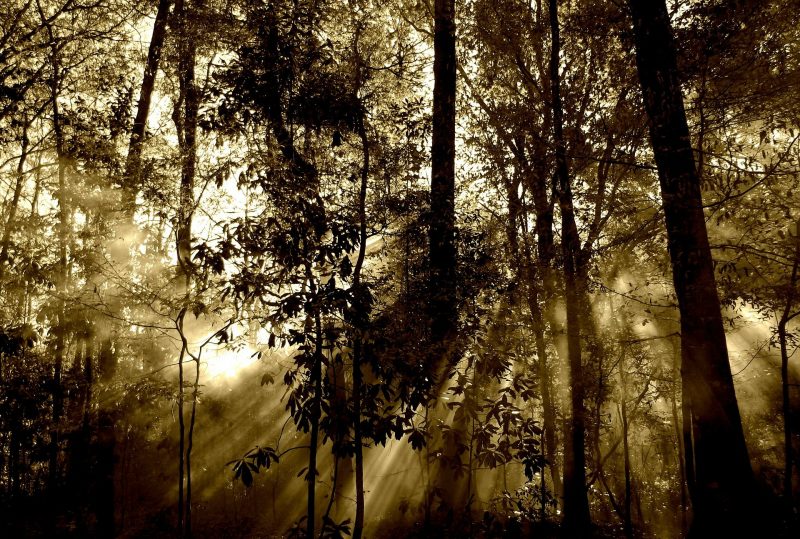
Photo by Greyerbaby / CC0
Pick Up a Book on Trees
This may seem like an unorthodox mention for a photography article but a little book knowledge will go a very long way in helping you find subjects to photograph. For example, there’s a lesser-known phenomenon among trees known as canopy or crown shyness. As trees grow they can somehow sense when their neighbors draw close. The trees will leave gaps that look almost like the dendritic patterns of leaves when well lit. It’s incredibly obvious but not all tree species display this. And it can make for stunning photography in the right lighting. Being able to identify trees also means you can pick out species that are of special interest for an area.
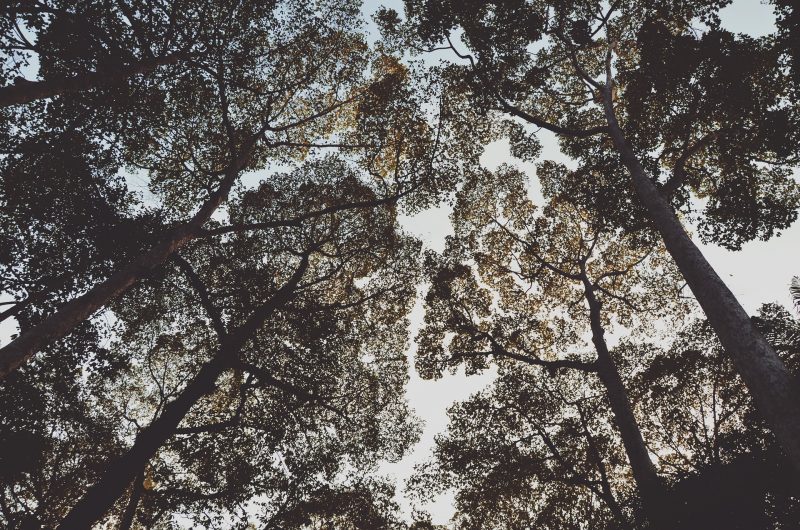
Photo by Free-Photos / CC0
Get Creative with Composition
Forests offer a staggering array of leading lines. Leading lines are lines and paths in a composition that naturally draw the eye. In city and architecture images roads, power lines, and the edges of buildings can all be used to guide the eyes of a viewer towards portions of an image or the main subject. In the forest, we can use leading lines to follow roads, lead towards the sky, or add emphasis to mountains and other elements of the landscape.
Use the trunk of a tree as the foreground and let the tree point towards the sky or even stand in the middle of a grove and see just how different the scene feels through a viewfinder rather than just using your eyes.
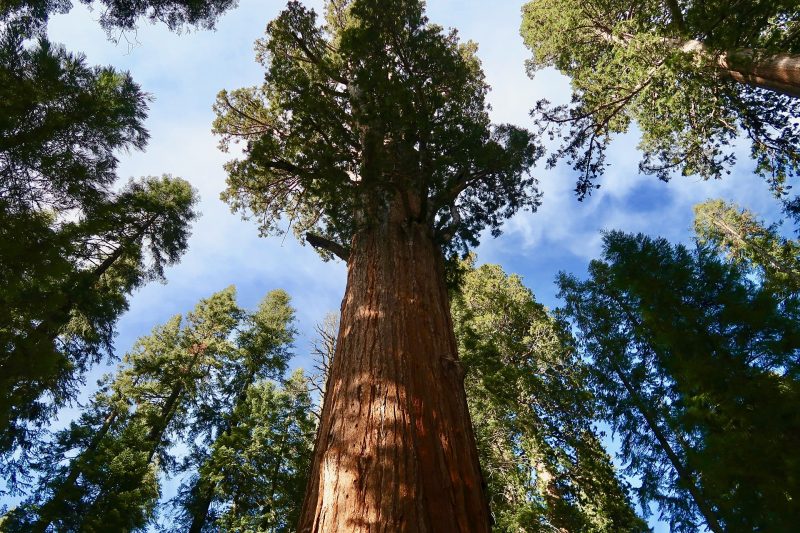
Photo by tripastute / CC0
Conclusion
Forests are a great place to take a tripod and wide angle lens, those two essential tools of the landscape photographer. Just remember to expose properly for the lower light levels and you’re sure to capture stunning imagery. Last but not least, a nature guide or handbook is useful if you want to properly identify your targets or know where to search for special interest trees. Happy forest wanderings!
